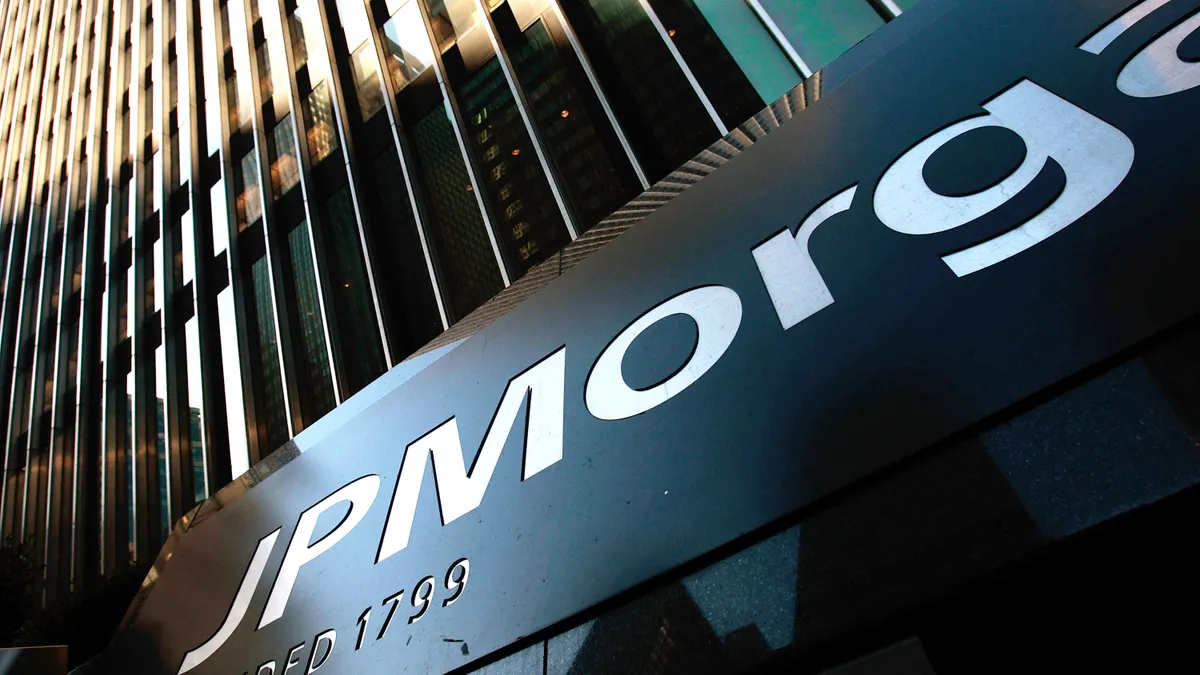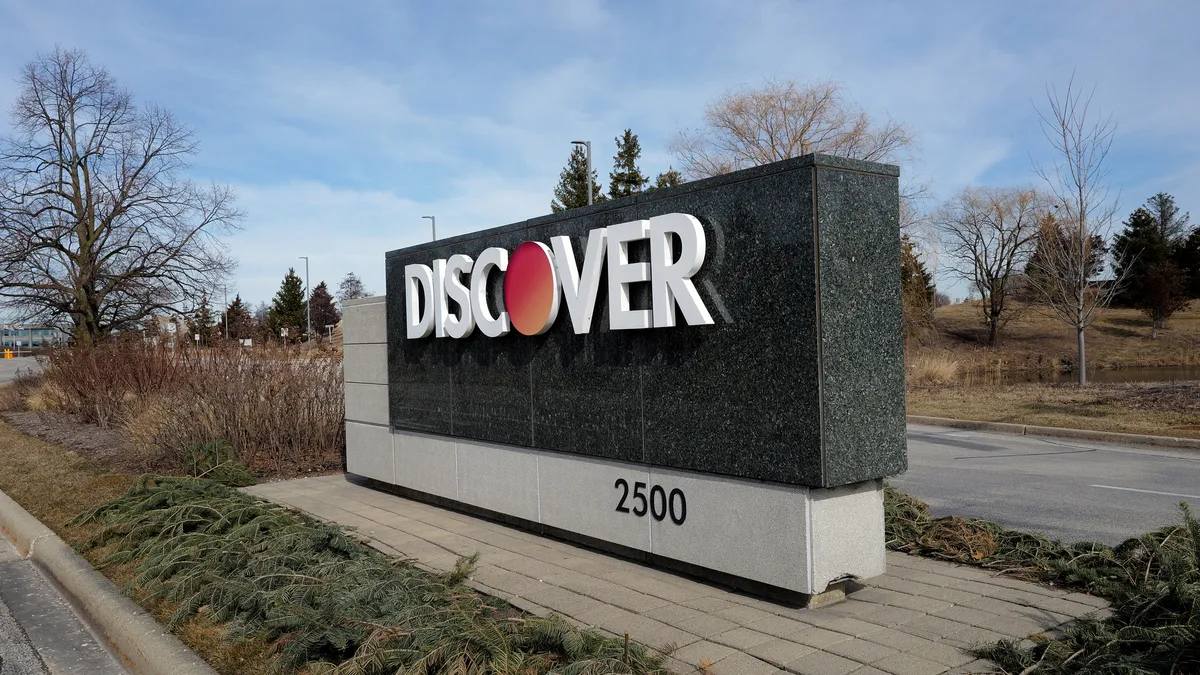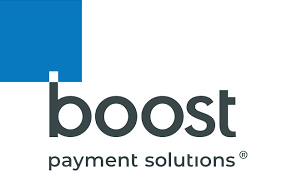Robert Turner is senior vice president and general manager of U.S. financial services at New York City-based IT infrastructure services provider Kyndryl. He is based in Chester, Virginia.
In a global economy, banks must be able to communicate with each other. That’s why the International Organization for Standardization (ISO) has developed the ISO 20022 standard for data exchange among financial institutions. The goal of ISO 20022 is to encourage the use of a common messaging platform for payments, foreign exchange and other financial services transactions.
July 2025 marks the extended deadline for implementing the ISO 20022 standard for Fedwire payments, the electronic funds transfer system operated by the Federal Reserve. Unfortunately, many U.S. banks are not ready.
While larger banks have made considerable progress in preparing for this transition, smaller regional banks and credit unions are largely lagging. To help ensure a smooth transition to the new standard without disrupting critical payment services, these companies must upgrade their technology now. By doing this, they can better handle the increasing number of digital transactions and adapt to changing customer needs.

The last few years have dramatically transformed how U.S. financial institutions process payments. The changes come in response to customer demands for superior onboarding and service experiences, hyper-personalized products, and competitive pricing and offers.
Real-time payment capabilities are in particularly high demand. However, only 5% of financial leaders say they are confident that their organization can handle real-time payments today, and only 20% feel optimistic about their ability to do so within two years, according to my company’s research.
The new standard represents a fundamental industry shift toward a more data-driven payments ecosystem. Systems that are compliant with ISO 20022 will be able to transmit richer and more structured data. This will allow banks to improve back-office operations, protect themselves better from fraud, and reduce reconciliation challenges such as timing differences, errors and omissions, unrecorded transactions and manual processing issues.
While ISO 20022 could potentially unlock new opportunities for the payment industry, the path to standards adoption has not been easy. The migration to ISO 20022 is complex and often costly. What makes matters trickier is that many institutions across the industry still rely on outdated IT systems and have been slow to modernize. For them, the transition to ISO 20022 compliance will require significant investment in systems and software.
Some banks may opt for surface-level adjustments to meet the compliance deadline, while others will use the need for compliance as a catalyst for overall systems modernization. The latter approach could give forward-thinking institutions competitive advantages, including the ability to offer the innovative services their customers demand, and to respond to and recover from evolving cyberthreats.
The adoption of ISO 20022 will be a critical step toward achieving a more efficient and innovative global financial services ecosystem. However, the challenges to compliance are difficult and the stakes are high. That said, the institutions that accept these challenges as opportunities for modernization and growth will find themselves positioned to capitalize on the advancements that will set them apart from industry peers.













